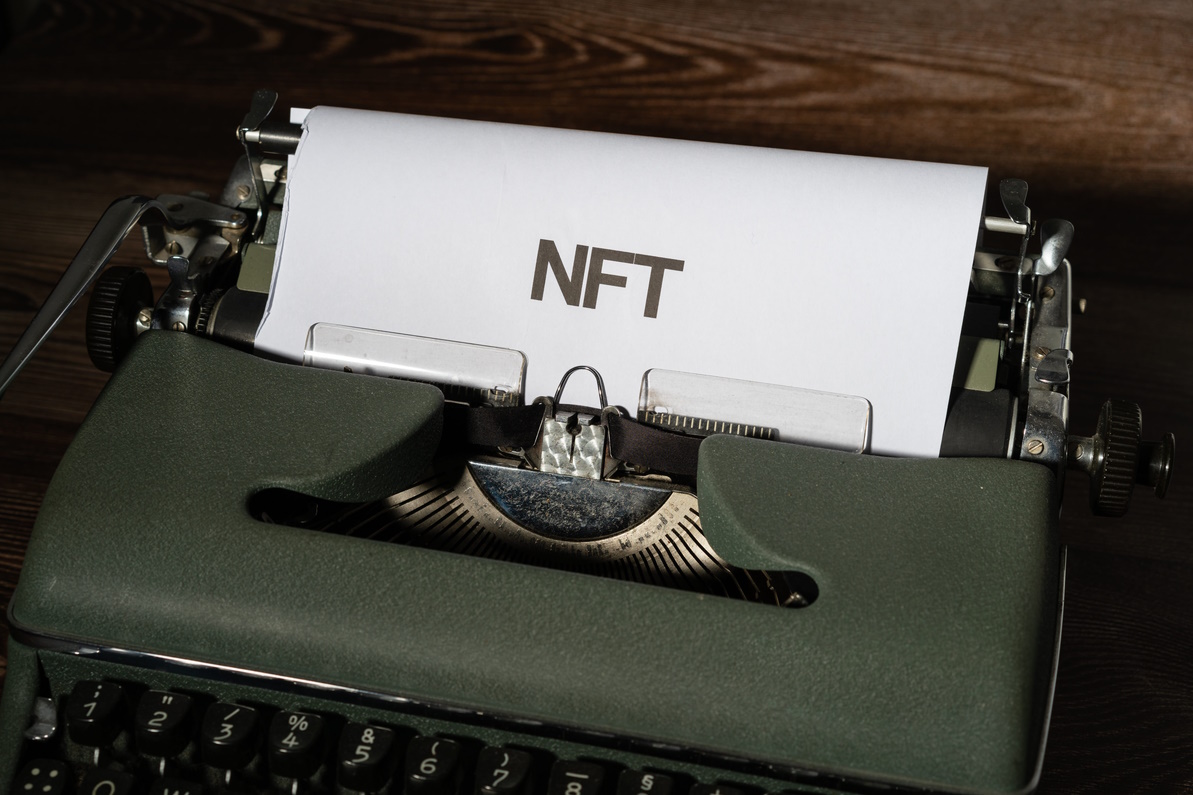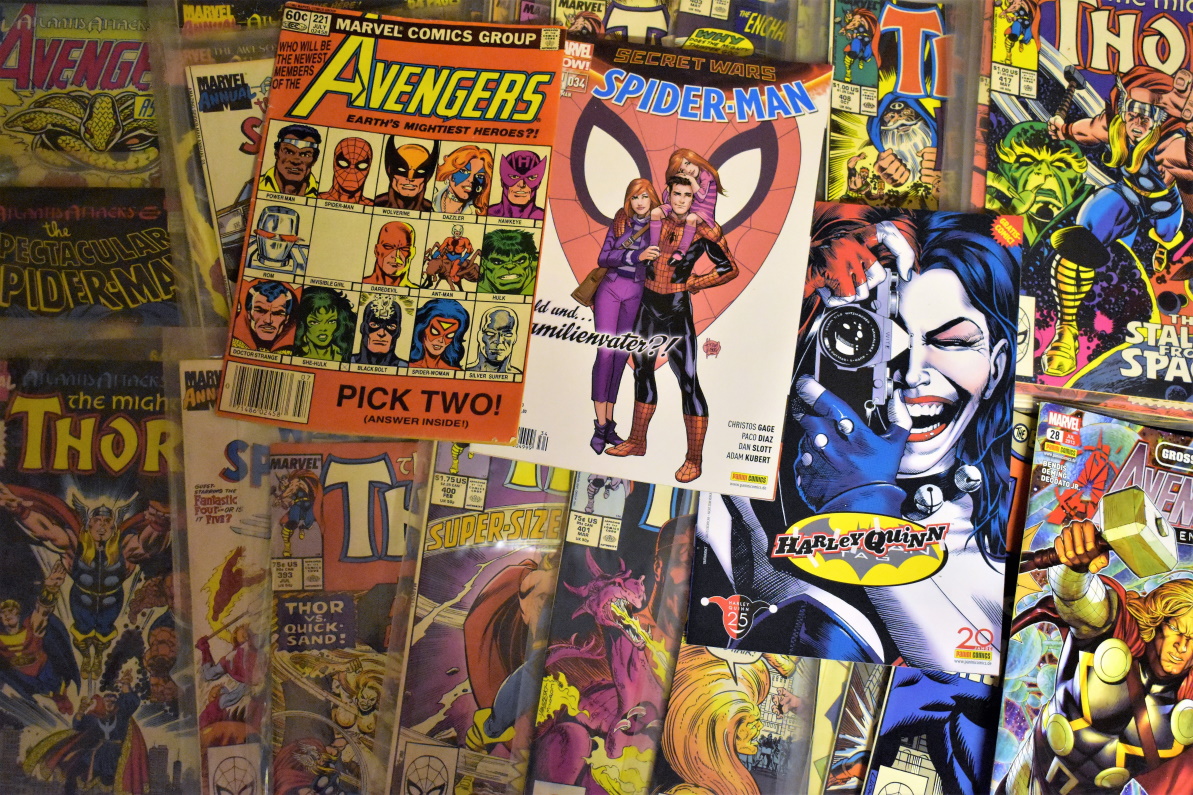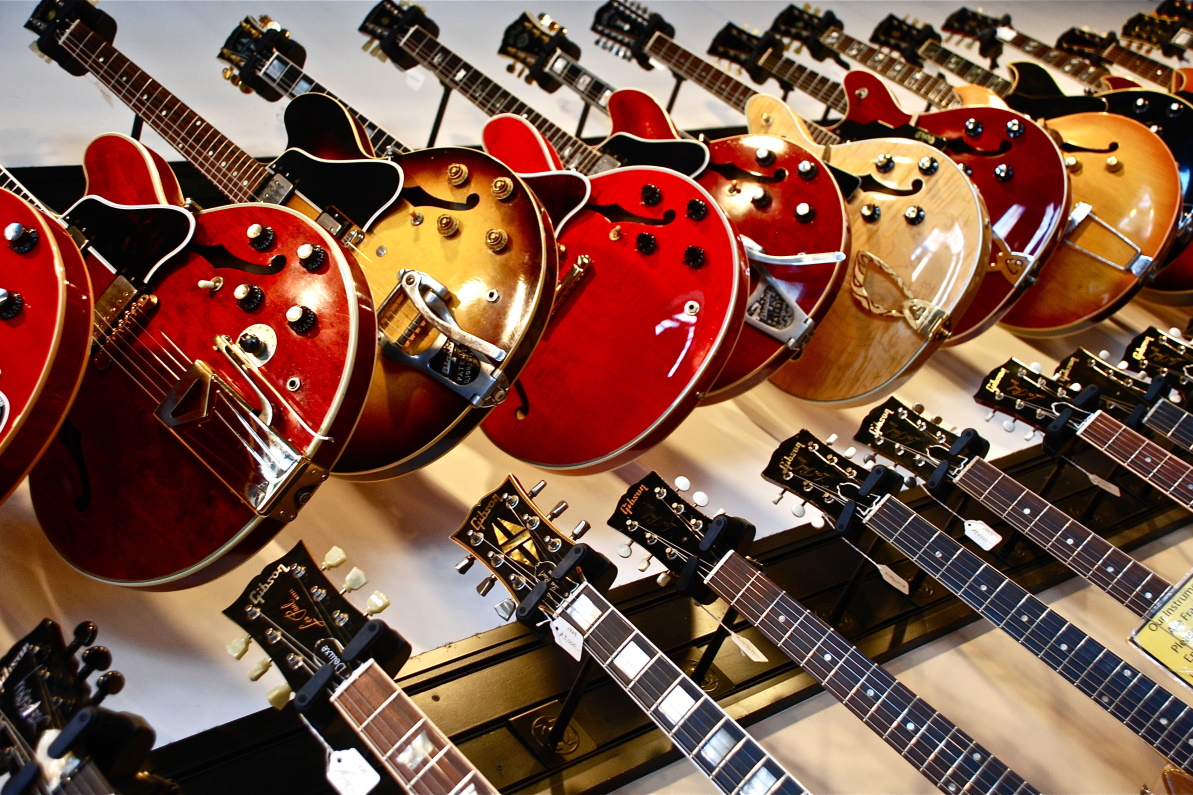The 10 Types of NFT Utility
NFTs (non-fungible tokens) have become a foundational part of the internet’s web3 future in the few short years since they burst onto the scene. While some still see them as fancy jpegs (or, more accurately, pngs), the truth is that NFTs are much more than digital pictures. With NFT utility, brands can offer unique ways to engage audiences, ranging from proof of ownership of physical goods to access passes for major events. By the time you’re finished with this article, you’ll understand the major types of NFT utility as they exist today.











